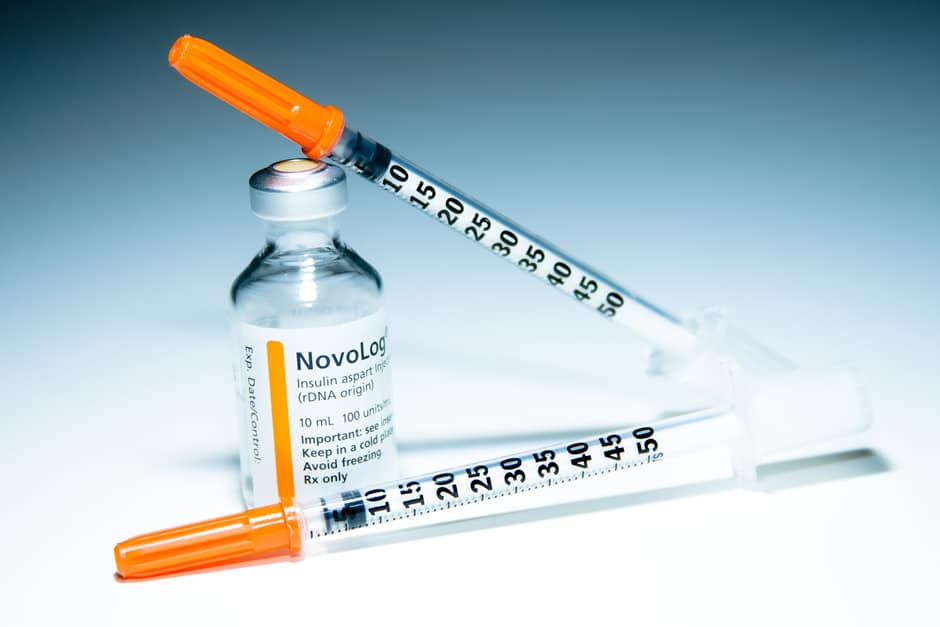A recent study published in The BMJ suggests that long-acting insulin may be a safer and more effective treatment than intermediate-acting insulin for patients with type I diabetes.
In a systematic review and network meta-analysis of 39 studies, Dr. Andrea Tricco, assistant professor of epidemiology at the Dalla Lana School of Public Health and lead author of the study, compared long-acting insulin to intermediate-acting insulin. She found that in patients with type I diabetes, long-acting insulin was more effective in preventing weight gain and severe hypoglycemia.
Long-acting insulin analogs such as glargine and detemir regulate glucose levels in the bloodstream uniformly over a 24-hour period and take effect three to four hours after injection into the bloodstream, whereas intermediate-acting insulin analogs such as NPH (Neutral Protamine Hagedorn) and lente are taken one to three hours after ingestion, and can last up to 16 hours.
In the case of hypoglycemia, patients develop abnormally low blood glucose levels, which can lead to coma and death in extreme cases. According to Tricco, “ [Long-acting insulin] reduces the risk of severe hypoglycemia events by 38 per cent, on average.”
Furthermore, the study shows that patients taking intermediate-acting insulin had an increased likelihood of gaining weight. These patients “gained an average of four to six pounds more than patients who took long-acting insulin,” said Tricco.
The study showed that long-acting insulin significantly improved hemoglobin A1C levels, which is a clear indicator of effective blood glucose control in type I diabetes patients.
In terms of the cost-effectiveness and economic benefits of these types of insulin analogs, Tricco said, “Only 23 per cent of studies showed that long-acting insulin was more cost effective than intermediate-acting insulin, although 77 per cent found that long acting insulin was more costly but more cost effective than intermediate-acting insulin.”
With this information, Tricco hopes that “patients and their physicians can determine their choice of insulin according to their cost and accessibility.”
As for future aims for this research, Tricco suggests that future trials should include a longer follow-up period to examine the longer-term effects of different insulin analogs.
In addition, a de novo cost effectiveness analysis would allow physicians, patients, and policy-makers to choose a particular type of insulin best suited to their needs.


